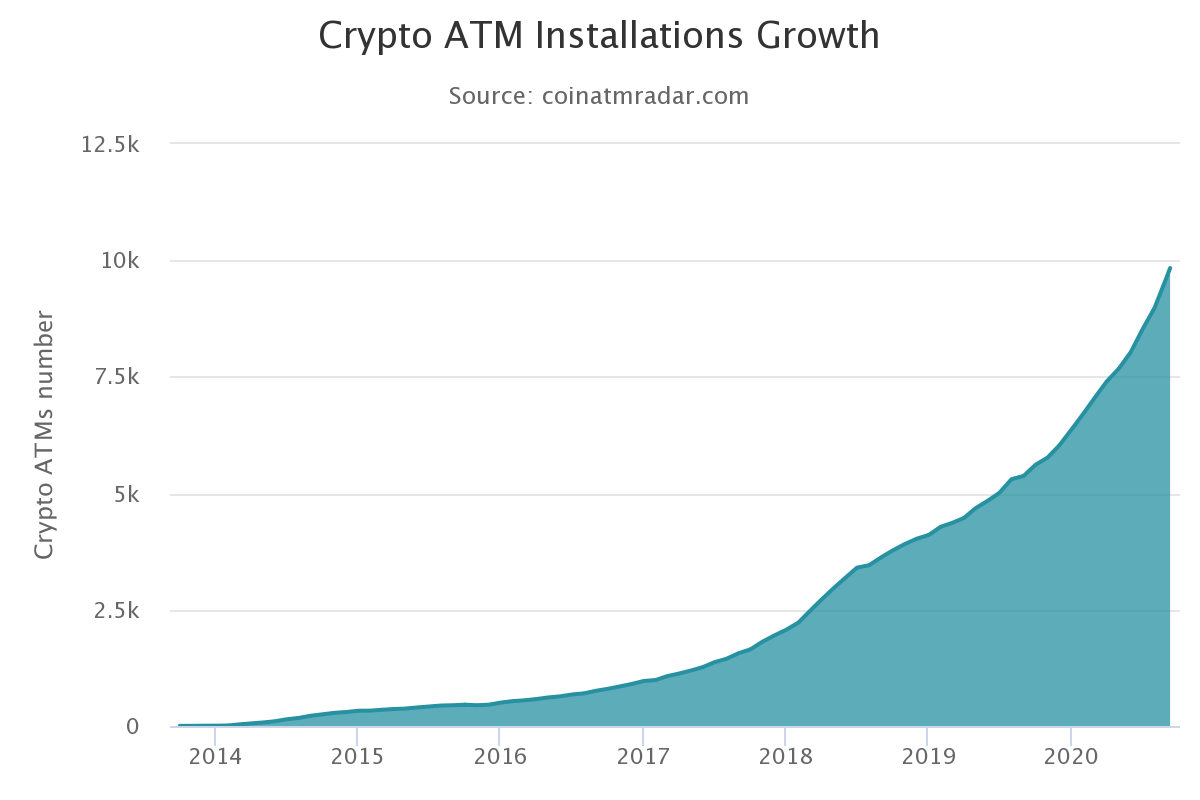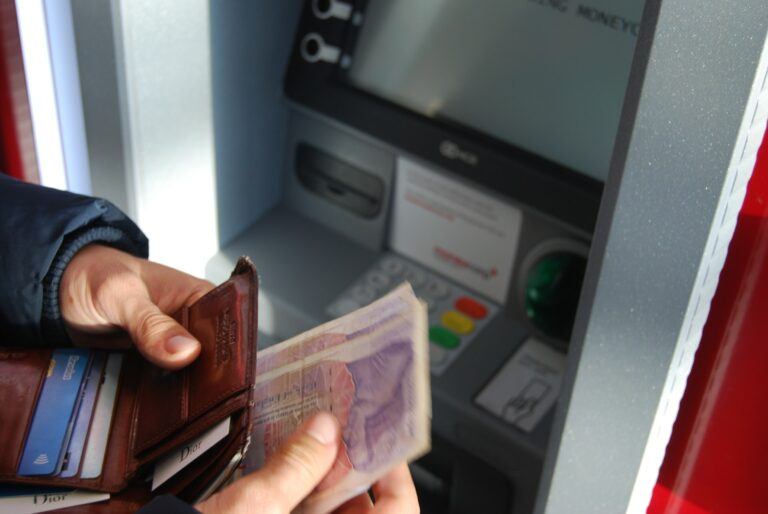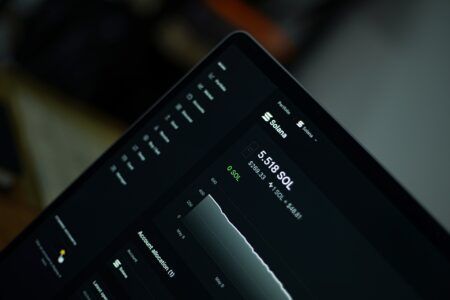The number of bitcoin ATMs installed throughout the world has exceeded 10,000, and the United States continue to lead the rest of the world in crypto ATMs with 76% of machines installed.
According to CoinATMRadar, the first Bitcoin ATM was installed back in 2013 and in seven years the industry grew to over 10,000 machines installed. In comparison, bank ATMs needed nine years to get to 10,000 machines back in the 1970s.
CoinATMRadar writes that after only 3.5 years the number of crypto ATMs grew to 1,000, and that over the next 3.5 years the number surged by 9,000. The first bitocin ATM was installed in Vancouver at the Waves Coffee House, and there is still a machine there.

The idea of a Bitcoin ATM came ot be, according to CoinATMRadar, as entrepreneurs were looking for ways to make bitocin easily available to people, and the general populace was already familiar with ATMs. Companies started working on the project and in 2013 the first one was installed in Canada.
In 2014, the first Bitcoin ATM was installed in the U.S., in Albuquerque, New Mexico, and since then most crypto ATMs have been installed in the country. By 2015, there were only 300 Bitcoin ATMs throughout the world, being installed by small organizations trying to bolster crypto adoption.
CoinATMRadar adds that bitcoin initially dominated crypto ATMs, with only 4% of machines supported an altcoin: litecoin. In 2017, however, the BTC network was congested and transaction fees and confirmation times surged. The firm added:
This resulted in worse UX when transactions started getting stuck and users of ATMs needed to reach support to get it resolved.
It’s worth noting that in 2017 the price of bitcoin hit its near $20,000 all-time high, and as the network was clogged users started using other cryptoassets. ATM operators followed users and started adding support for cryptocurrencies like ETH, LTC, DASH, and others. Nevertheless, around 30% of all crypto ATMs only support Bitcoin transactions.
Featured image via Unsplash.








